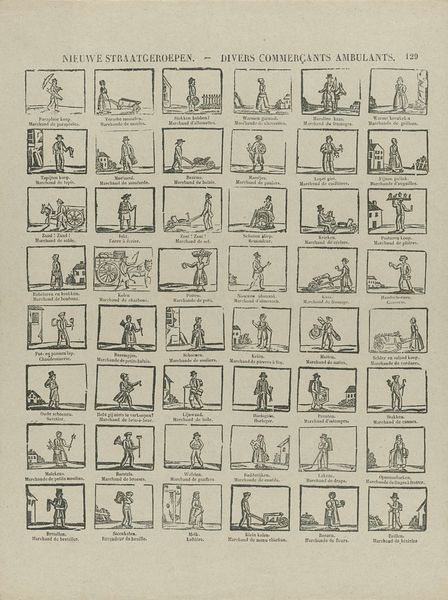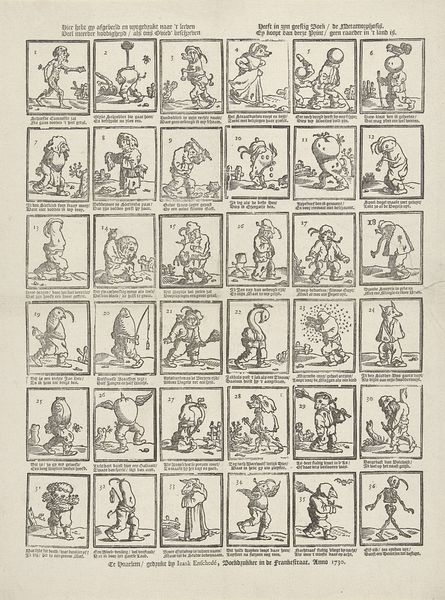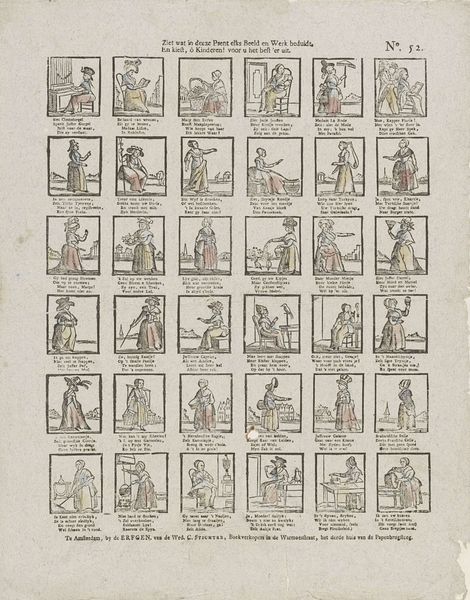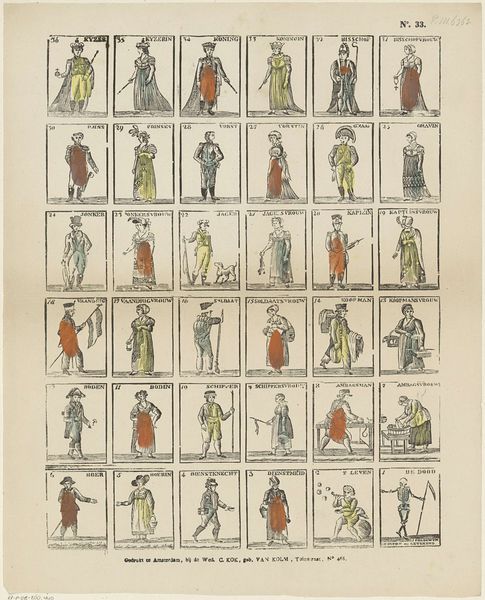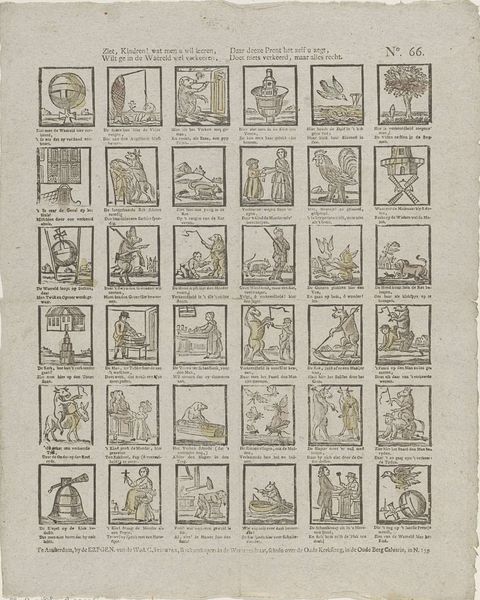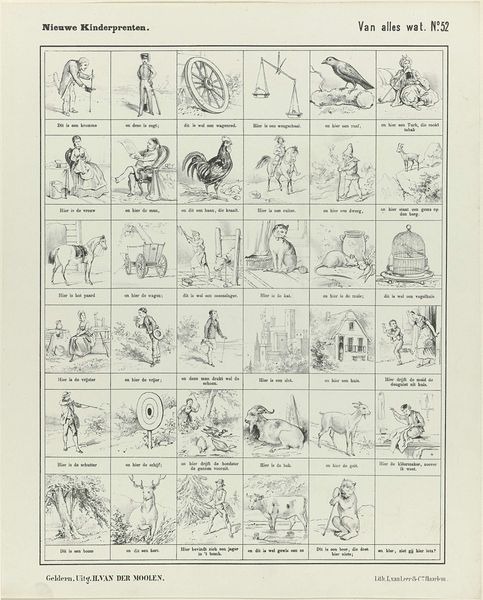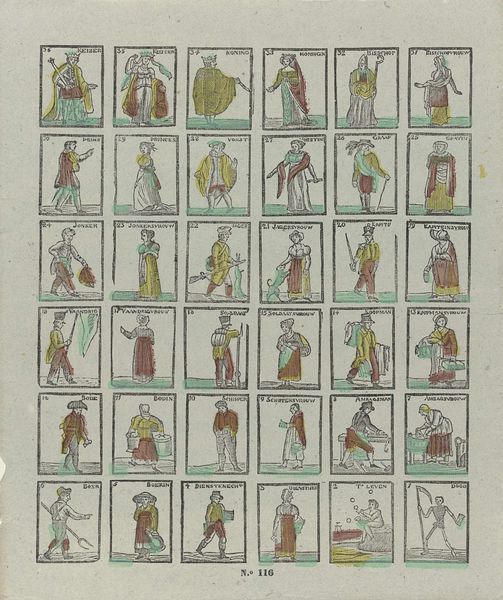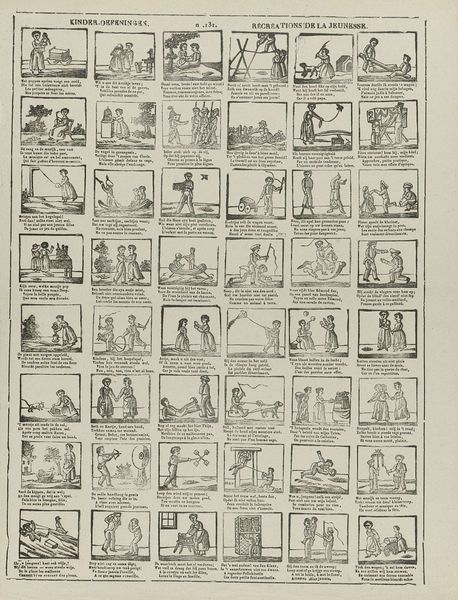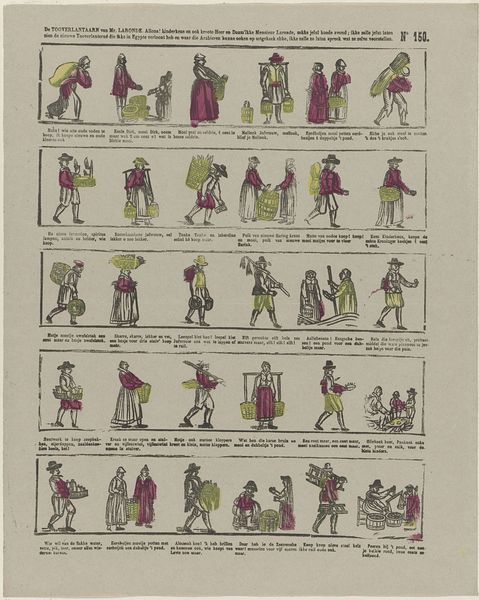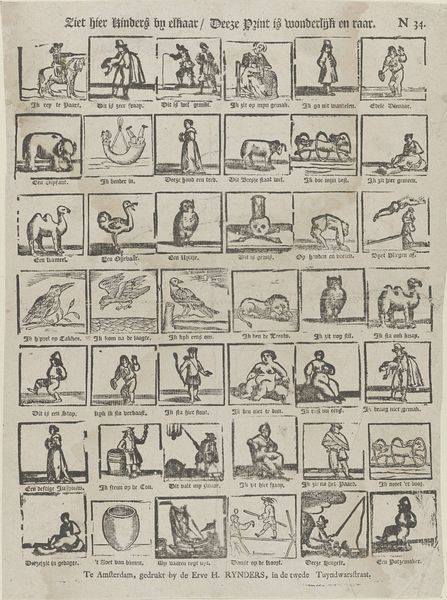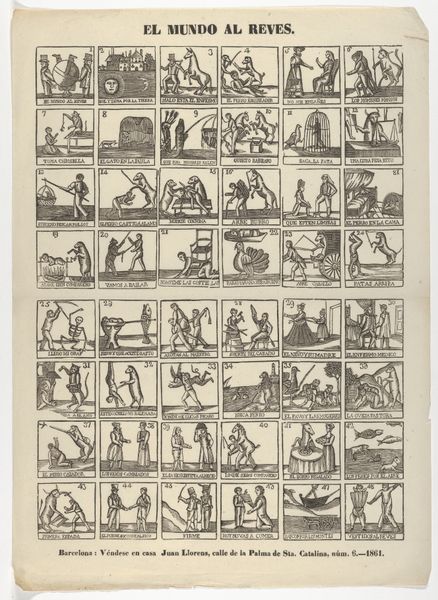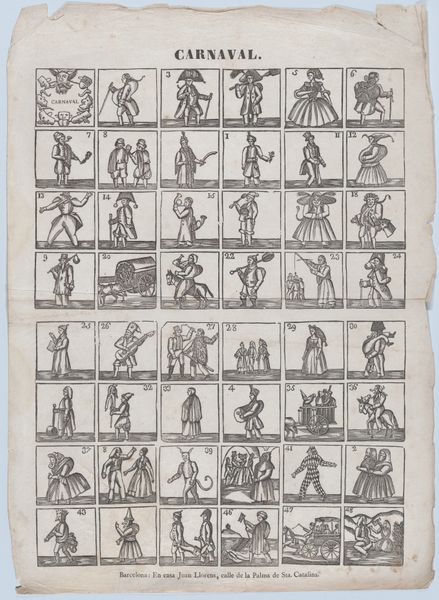![Kindren! zoo ge, om deeze prentjens, soms eens lacht, ben ik voldaan [(...)] by Johan Noman](/_next/image?url=https%3A%2F%2Fd2w8kbdekdi1gv.cloudfront.net%2FeyJidWNrZXQiOiAiYXJ0ZXJhLWltYWdlcy1idWNrZXQiLCAia2V5IjogImFydHdvcmtzL2NhMWUzY2RhLTFmMjAtNGFkYi05YWJhLTZhMzBiZjlmYzA3Yi9jYTFlM2NkYS0xZjIwLTRhZGItOWFiYS02YTMwYmY5ZmMwN2JfZnVsbC5qcGciLCAiZWRpdHMiOiB7InJlc2l6ZSI6IHsid2lkdGgiOiAxOTIwLCAiaGVpZ2h0IjogMTkyMCwgImZpdCI6ICJpbnNpZGUifX19&w=3840&q=75)
Kindren! zoo ge, om deeze prentjens, soms eens lacht, ben ik voldaan [(...)] 1806 - 1830
0:00
0:00
johannoman
Rijksmuseum
graphic-art, print, engraving
#
graphic-art
#
comic strip sketch
#
narrative-art
#
dutch-golden-age
# print
#
old engraving style
#
sketch book
#
cartoon sketch
#
figuration
#
personal sketchbook
#
sketchwork
#
ink drawing experimentation
#
comic
#
sketchbook drawing
#
genre-painting
#
storyboard and sketchbook work
#
sketchbook art
#
engraving
Dimensions: height 405 mm, width 319 mm
Copyright: Rijks Museum: Open Domain
Curator: The Rijksmuseum holds this intriguing print by Johan Noman, titled "Kindren! zoo ge, om deeze prentjens, soms eens lacht, ben ik voldaan [(...)]", dating roughly from 1806 to 1830. It is an engraving. Editor: My immediate response is that of witnessing a series of societal snapshots from the early 19th century, a storyboard capturing mannerisms from children to workers—framed through the limited gaze of this period. Curator: The artist appears interested in repetition and variation, playing with figure and ground across these tiny vignettes. Look at how he subtly changes poses, garments, and props. We could use semiotics to decipher their individual meaning. Editor: Let’s delve deeper. I suspect these aren't random character studies, but commentaries on societal roles, perhaps the emergence of a growing middle class within Dutch society and labor relations at the time. Who are the represented actors, and why these depictions? Curator: Notice Noman’s controlled engraving technique. Lines are meticulously placed, rendering forms with precision. Compositionally, it’s interesting how the rigid grid format both contains and isolates these characters, reinforcing them as archetypes perhaps. Editor: Precisely. The title speaks directly to childhood entertainment—"Children! if you sometimes laugh at these prints, I am satisfied"—but within this enjoyment is the normalization of social conventions that further embed within the viewer. Who is excluded, and what is considered funny? Curator: Your interpretation enhances how this grid-like structure creates both a framework and boundary for interpreting meaning. Formally, I cannot help noticing the beautiful play of light and shadow achieved through linear hatching and crosshatching—this controlled distribution serves a symbolic function as well. Editor: Seeing these rows makes me also consider, however subtly, class and labour divisions as entertainment: who the intended viewers may be, and whether these images are passively enjoyed or used for encouraging deeper reflection. This work feels ripe for contextualising the emergence of industrialisation in the region and how morality becomes a tool. Curator: Ultimately, Noman successfully weaves moral and social commentary into this piece, mediated by graphic form. This lends it aesthetic significance, inviting continuous contemplation. Editor: By combining art history and societal study, this engraving transcends mere aesthetic appeal. I leaves us thinking not just about 19th century entertainment but our current position in a complex global story.
Comments
No comments
Be the first to comment and join the conversation on the ultimate creative platform.
